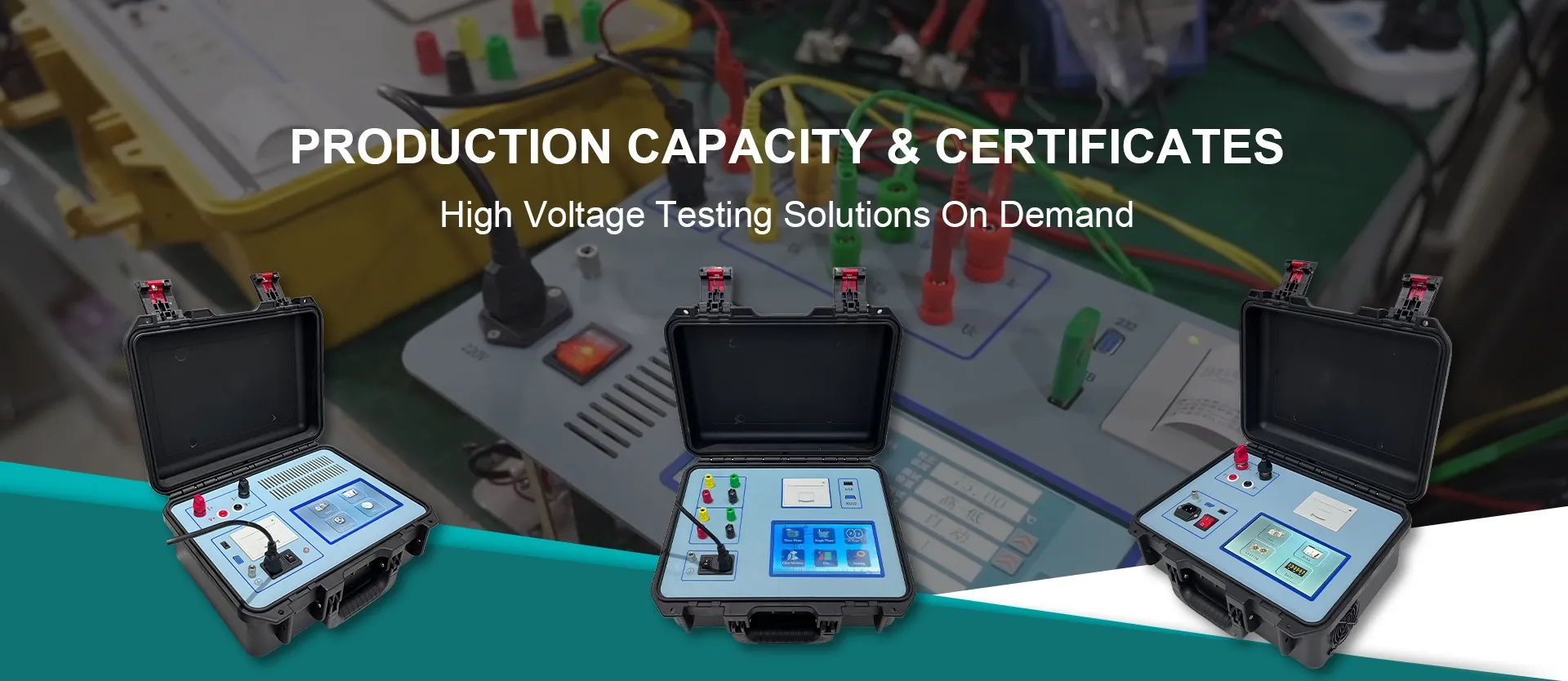 English
English



-
 Afrikaans
Afrikaans -
 Albanian
Albanian -
 Amharic
Amharic -
 Arabic
Arabic -
 Armenian
Armenian -
 Azerbaijani
Azerbaijani -
 Basque
Basque -
 Belarusian
Belarusian -
 Bengali
Bengali -
 Bosnian
Bosnian -
 Bulgarian
Bulgarian -
 Catalan
Catalan -
 Cebuano
Cebuano -
 China
China -
 China (Taiwan)
China (Taiwan) -
 Corsican
Corsican -
 Croatian
Croatian -
 Czech
Czech -
 Danish
Danish -
 Dutch
Dutch -
 English
English -
 Esperanto
Esperanto -
 Estonian
Estonian -
 Finnish
Finnish -
 French
French -
 Frisian
Frisian -
 Galician
Galician -
 Georgian
Georgian -
 German
German -
 Greek
Greek -
 Gujarati
Gujarati -
 Haitian Creole
Haitian Creole -
 hausa
hausa -
 hawaiian
hawaiian -
 Hebrew
Hebrew -
 Hindi
Hindi -
 Miao
Miao -
 Hungarian
Hungarian -
 Icelandic
Icelandic -
 igbo
igbo -
 Indonesian
Indonesian -
 irish
irish -
 Italian
Italian -
 Japanese
Japanese -
 Javanese
Javanese -
 Kannada
Kannada -
 kazakh
kazakh -
 Khmer
Khmer -
 Rwandese
Rwandese -
 Korean
Korean -
 Kurdish
Kurdish -
 Kyrgyz
Kyrgyz -
 Lao
Lao -
 Latin
Latin -
 Latvian
Latvian -
 Lithuanian
Lithuanian -
 Luxembourgish
Luxembourgish -
 Macedonian
Macedonian -
 Malgashi
Malgashi -
 Malay
Malay -
 Malayalam
Malayalam -
 Maltese
Maltese -
 Maori
Maori -
 Marathi
Marathi -
 Mongolian
Mongolian -
 Myanmar
Myanmar -
 Nepali
Nepali -
 Norwegian
Norwegian -
 Norwegian
Norwegian -
 Occitan
Occitan -
 Pashto
Pashto -
 Persian
Persian -
 Polish
Polish -
 Portuguese
Portuguese -
 Punjabi
Punjabi -
 Romanian
Romanian -
 Russian
Russian -
 Samoan
Samoan -
 Scottish Gaelic
Scottish Gaelic -
 Serbian
Serbian -
 Sesotho
Sesotho -
 Shona
Shona -
 Sindhi
Sindhi -
 Sinhala
Sinhala -
 Slovak
Slovak -
 Slovenian
Slovenian -
 Somali
Somali -
 Spanish
Spanish -
 Sundanese
Sundanese -
 Swahili
Swahili -
 Swedish
Swedish -
 Tagalog
Tagalog -
 Tajik
Tajik -
 Tamil
Tamil -
 Tatar
Tatar -
 Telugu
Telugu -
 Thai
Thai -
 Turkish
Turkish -
 Turkmen
Turkmen -
 Ukrainian
Ukrainian -
 Urdu
Urdu -
 Uighur
Uighur -
 Uzbek
Uzbek -
 Vietnamese
Vietnamese -
 Welsh
Welsh -
 Bantu
Bantu -
 Yiddish
Yiddish -
 Yoruba
Yoruba -
 Zulu
Zulu
Transformer Insulation Performance Assessment Through Dielectric Testing Methods and Procedures
Dielectric Test on Transformer Importance and Procedure
Transformers play a vital role in electrical systems, facilitating the transmission and distribution of electrical energy. One critical aspect of maintaining the reliability and safety of transformers is conducting a dielectric test, which helps assess the insulation integrity and overall health of the transformer.
What is a Dielectric Test?
A dielectric test evaluates the insulating materials within a transformer by applying an electric voltage to measure their resistance to electrical breakdown. The dielectric strength indicates how well the insulation can withstand electrical stress without failure. This test is essential for ensuring that transformers can operate safely and effectively under various voltage conditions.
Why Conduct a Dielectric Test?
1. Safety Assurance The dielectric test identifies potential insulation failures that could lead to electrical malfunctions, posing risks to personnel and equipment. By detecting weaknesses in insulation, maintenance teams can address issues before they lead to catastrophic failures.
2. Performance Validation Regular dielectric testing ensures that transformers perform optimally. Aging, environmental conditions, and operational stress can degrade insulation over time. A dielectric test helps validate the ongoing performance of insulation and detect any degradation early.
3. Impact on Reliability A transformer with compromised insulation can lead to unplanned outages, which can be costly and disruptive. The dielectric test contributes to the overall reliability of the electrical system by ensuring that transformers remain in good condition.
4. Regulatory Compliance Many industry standards mandate dielectric testing as part of transformer maintenance. Compliance with these standards is critical for ensuring safety and operational effectiveness.
Dielectric Test Procedure
dielectric test on transformer

The dielectric test procedure involves several key steps
1. Preparation Before conducting the test, all necessary safety measures should be in place. Disconnect the transformer from the power source and ensure it is properly grounded.
2. Test Setup Connect the test equipment to the transformer’s terminals. The equipment typically includes a high-voltage dielectric tester capable of applying the required test voltage.
3. Voltage Application Gradually apply the specified test voltage, which is usually higher than the operating voltage of the transformer. The test voltage applied is determined based on the manufacturer's specifications and relevant standards.
4. Observation and Measurement Monitor the current leakage through the insulation during the application of voltage. The dielectric test apparatus will record the insulation resistance, typically measured in megaohms (MΩ).
5. Test Duration The test may be conducted over a predetermined duration, often ranging from one to ten minutes, depending on the standards being followed.
6. Results Analysis After the test, analyze the results. A higher resistance indicates good insulation quality, while low resistance may signal insulation degradation or failure.
7. Documentation Record the test results and compare them against previous tests to evaluate changes over time. This documentation can be crucial for tracking the condition of the transformer and planning future maintenance.
Conclusion
The dielectric test is an essential practice in the maintenance of transformers. By ensuring the integrity of the insulation, this test helps safeguard equipment, maintain performance levels, and comply with safety regulations. Regular dielectric testing should be integrated into a comprehensive maintenance program to ensure the longevity and reliability of transformers within the electrical grid. Proper implementation of these tests not only prevents failures but also plays a key role in the overall efficiency of electrical power systems.
-
Ensuring SF₆ Gas Safety: Introducing PUSH’s Integrated SF₆ Analyzer for Dew Point, Purity, and Decomposition MonitoringNewsJul.10,2025
-
Exploring the Main Types of Industrial Endoscopes and Their Applications Across IndustriesNewsJul.04,2025
-
Testing Equipment Industry Sees Major Advancements in 2025: Smart & Precision Technologies Lead the WayNewsJun.06,2025
-
Applications of Direct Current Generators in Renewable Energy SystemsNewsJun.05,2025
-
Hipot Tester Calibration and Accuracy GuidelinesNewsJun.05,2025
-
Digital Circuit Breaker Analyzer Features and BenefitsNewsJun.05,2025



